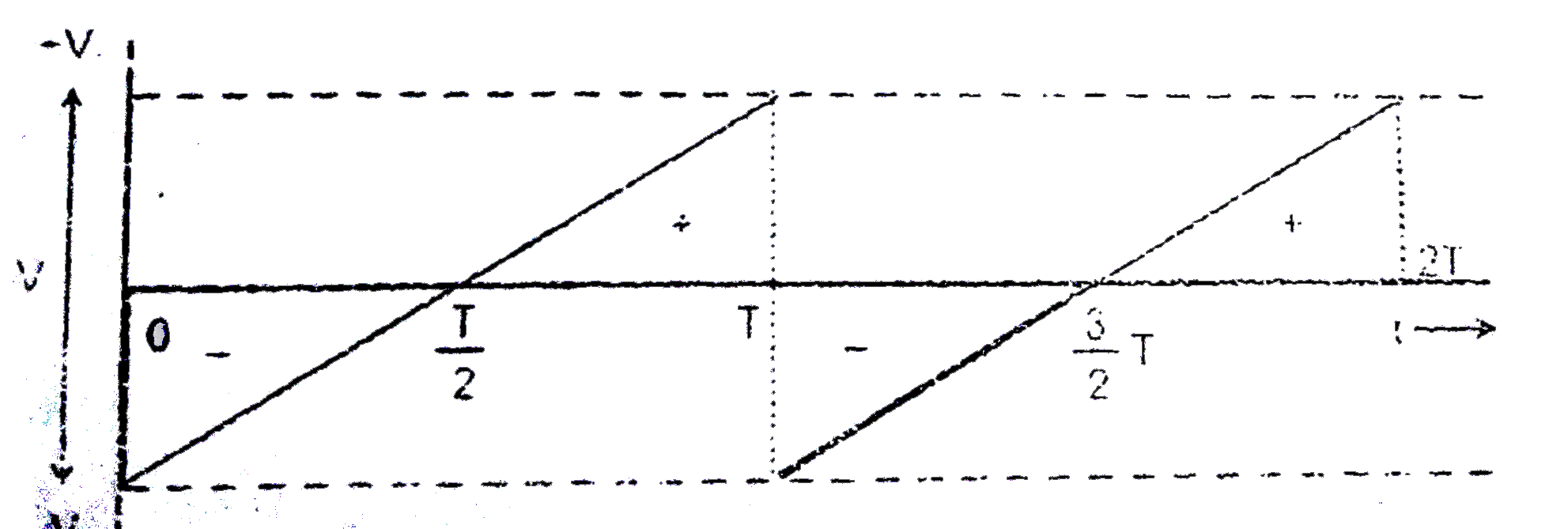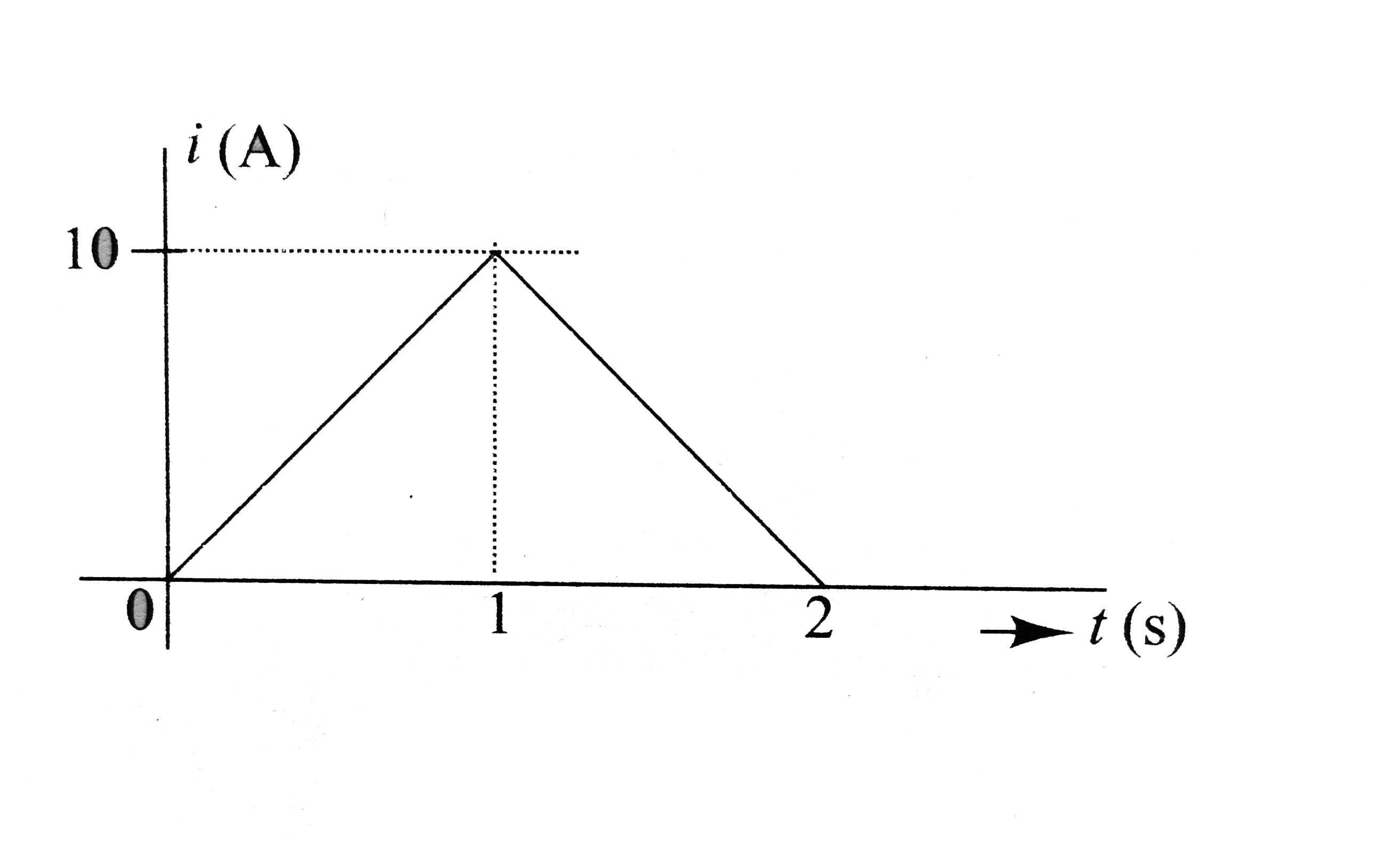Find the aveage for the saw-tooth voltage of peak value from to as shown in figure.

The correct Answer is:0
Step by step video & image solution for Find the aveage for the saw-tooth voltage of peak value V_(0) from t=0 to t=2T as shown in figure. by Physics experts to help you in doubts & scoring excellent marks in Class 12 exams.
Updated on:21/07/2023Topper's Solved these Questions
- ALTERNATING CURRENTBook:RESONANCE ENGLISHChapter:ALTERNATING CURRENTExercise:Exercise -2 Part-1
Explore 14 Videos
- ALTERNATING CURRENTBook:RESONANCE ENGLISHChapter:ALTERNATING CURRENTExercise:Exercise -2 Part-2
Explore 6 Videos
- ALTERNATING CURRENTBook:RESONANCE ENGLISHChapter:ALTERNATING CURRENTExercise:HIGH LEVEL PROBLEMS
Explore 11 Videos
- ATOMIC PHYSICSBook:RESONANCE ENGLISHChapter:ATOMIC PHYSICSExercise:Advanved level problems
Explore 17 Videos
Similar Questions
The rms value of the saw-tooth voltage of peak value V0 from t=0 to t=2T as shown in figure is V0√x.Find the value of x.

View SolutionWhat is the value of output voltage V0 in the circuit shown in the figure ?

View SolutionThe voltage time (V-t) graoh for triangular wave having peak value (V0) is as shown in fig.The rms value of V in time interval from t=0 to T/4 is:

View SolutionThe voltage time (V-t) graoh for triangular wave having peak value (V0) is as shown in fig. The rms value V in time interval t=0 to t=T/4 is

View SolutionFind the avarage value of current (in A) shown graphically in fig. From t=0→t=2s.
 .
.
View SolutionFind the avarage value of current (in A) shown graphically in fig. From t=0→t=2s.
 .
.
View SolutionThe average value of a saw-tooth voltage V=V0(2tT−1) Over 0 to T2, (T- time period) is given by
View SolutionFind the distance travelled by a body having velocity v=1−t2 from t = 0 to t = 2 sec .
View SolutionThe magnitude of force acting on a particle moving along x-axis varies with time (t) as shown in figure. If at t = 0 the velocity of particle is v0, then its velocity at t=T0 will be

View SolutionFind the rms and the average values of the saw tooth waveform shown in fig.
 .
.
View Solution